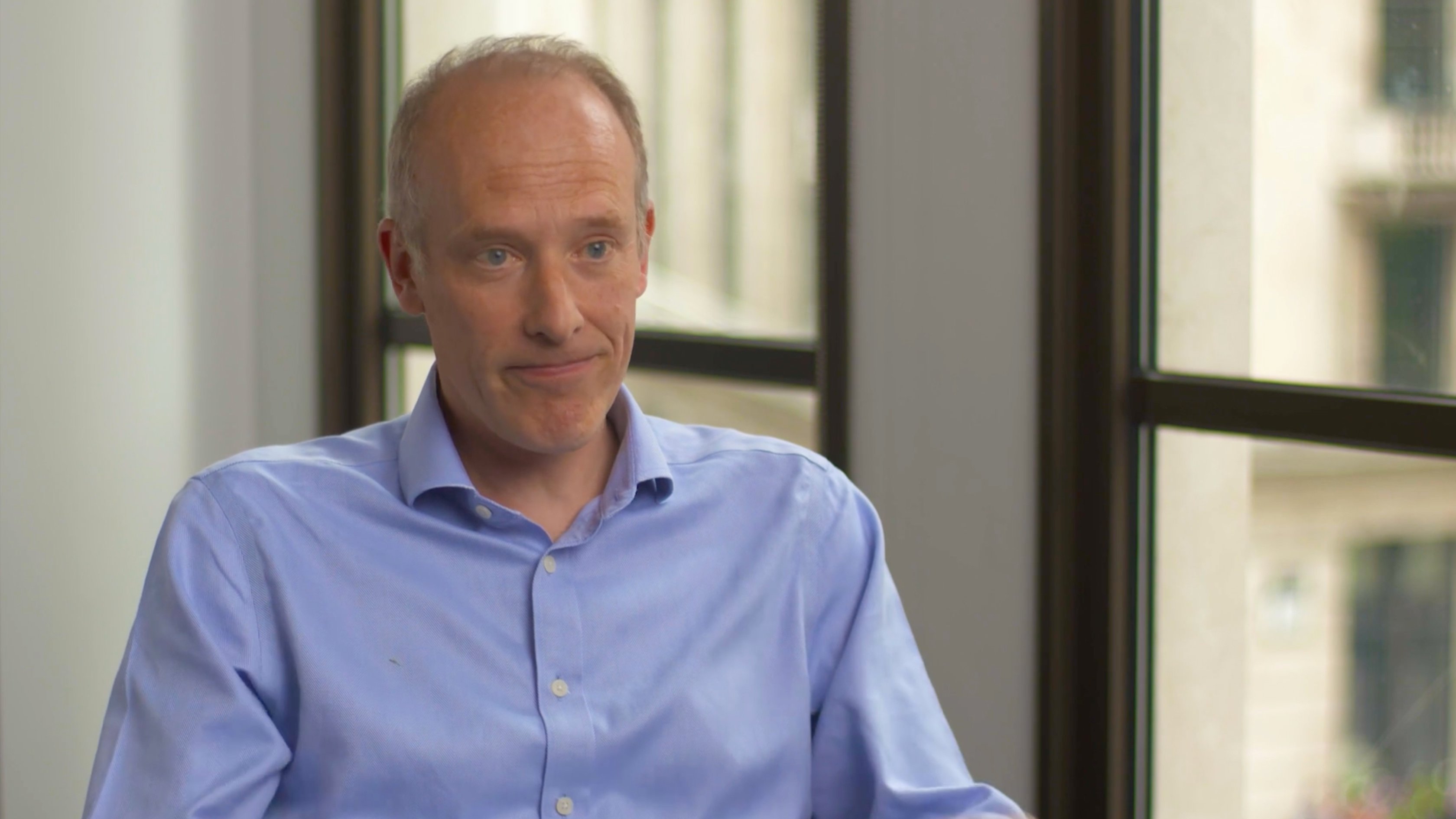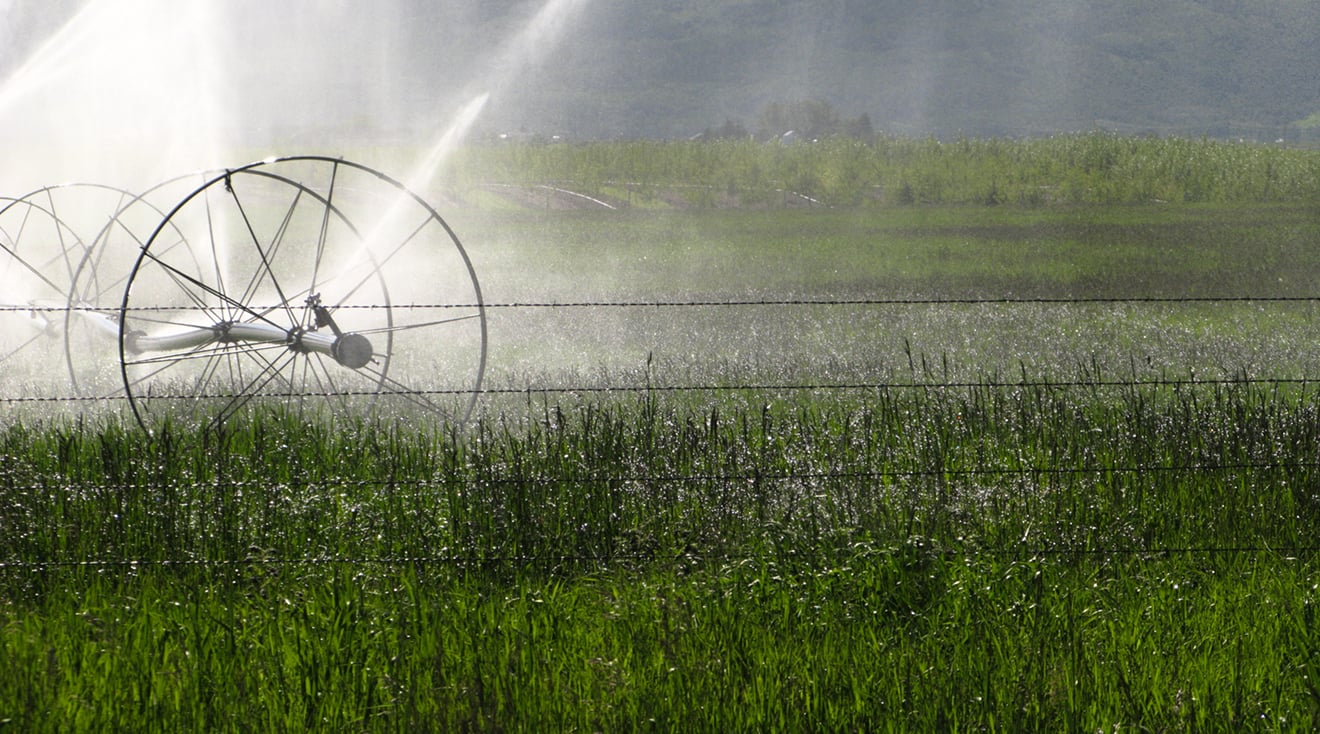There are major assets that will not succeed in a +2 degree world.
Climate change
The Paris Agreement and a low-carbon future

Sea levels are increasing. Glaciers are retreating. Temperatures are rising. The effects of elevated greenhouse gas emissions can be seen around the world.
Under the Paris Agreement, participating nations committed to keep global warming within 2°C above the pre-industrial level – and boost the transition towards resilient, low-carbon societies and economies. The June 2017 announcement by the US government to withdraw from the Paris Agreement increases pressure on businesses and other institutions. Within the context of significant geopolitical changes, leading businesses are forming coalitions to drive climate change action and reduce uncertainties.
COP21 has shown the world a global resolve to tackle climate change by putting a framework and mechanisms in place to address the issues. The challenges are significant and will require a step change in innovation and collaboration across many countries and industrial sectors to achieve the ambition envisioned by COP21.
Trey Shaffer, Partner - Houston, US

National, state and city governments are looking for a range of regulatory and market-based mechanisms to promote the transition to a low-carbon future. Many of these are directed at businesses, which will be under greater pressure to reduce greenhouse gas emissions, improve energy efficiency and switch to less carbon-intensive fuels and ultimately non-carbon-based sources of energy.
Task Force on Climate-Related Financial Disclosures
We are partnering with our clients and other organizations like the Task Force on Climate-related Financial Disclosures (TCFD) to understand the impacts of the Paris Agreement on their operations and how they can contribute to a low-emissions future. ERM welcomes the release of the Final Recommendations from TCFD in June 2017. These recommendations provide important guidance for companies and investors as they address climate-related risks and opportunities for their business.
ERM is pleased to have supported the development of these recommendations, in particular the guidance on use of climate-related scenario analysis. For many organizations, climate change will generate significant business risks and opportunities over the next decade. Their timing and scale is uncertain, driven by policy, technology, stakeholder and market sentiment, as well as physical climate change. Faced with this uncertainty, we believe scenario analysis is a critical approach for organizations to adopt.

Responding to climate change

To build resilience to climate change and prepare for a low-emissions future, ERM is helping organizations develop both mitigation strategies and adaptation response plans.
The more we exploit natural resources, the more impacts we will need to mitigate. We need to make a continual effort to reduce the amount of materials we use in products and services.
Braulio Pikman, Partner – Washington DC, US
Climate change mitigation refers to efforts to reduce or prevent emission of greenhouse gases. Mitigation can mean using new technologies and renewable energies, making older equipment more energy efficient, or changing management practices or consumer behavior.
Climate change adaptation means anticipating the adverse effects of climate change and adjusting processes, practices and structures to adapt to potential damage as well as take advantage of any associated opportunities that may arise.
As well as supporting the move to a low-emissions society, adaptation response plans encompass:
- Eliminating waste and recycling products and materials;
- Encouraging efficient use of materials and energy;
- Improving water consumption and reuse;
- Maintaining and enhancing ecosystems and biodiversity; and
- Taking integrated and systemic approaches to the management of agriculture, forestry, water and urban transport, energy and communications.
For example in agribusiness, a response plan might include diversifying the supply chain to prevent reliance on producers located in areas subject to erratic weather and investing in technologies that promote more efficient use of water.






